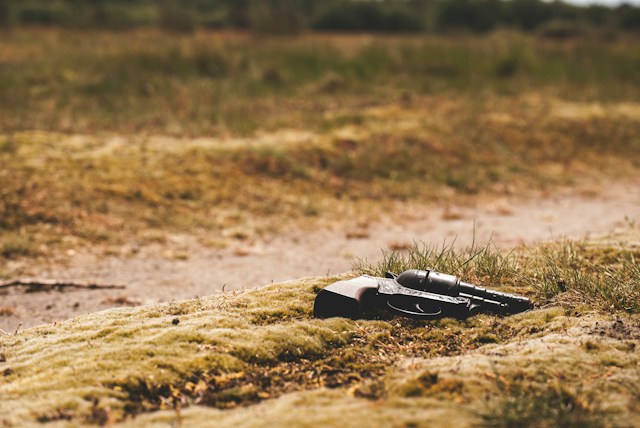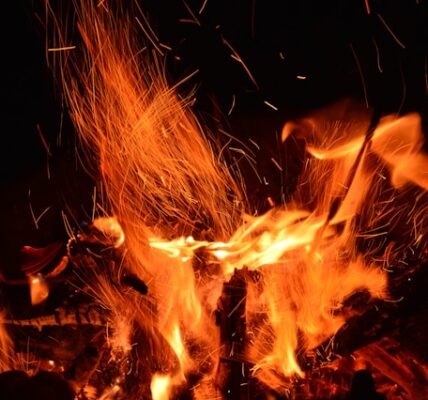Key Takeaways:
- Correct adjustment and use of horse jump cups are crucial for safety and achieving peak performance in horse jumping.
- Different types of jump cups serve various purposes and selecting the appropriate one is vital for specific jumping activities.
- Maintenance is key to preserving the integrity and functionality of jump cups ensuring their longevity and reliability.
Table of Contents:
- Significance of Jump Cup Quality
- Varieties of Jump Cups and Their Functions
- Jump Cup Setup for Effective Training and Competitions
- Maintenance Practices for Jump Cup Longevity
Significance of Jump Cup Quality
Achieving success in horse jumping requires impeccable attention to each component of the sport, from horse and rider preparation to the equipment used. Amongst these, horse jump cups stand out as pivotal elements for safely executing jumps. Well-crafted cups provide much-needed stability for the poles and can prevent accidents resulting from poles being knocked over during a jump. Therefore, it is critical to choose high-quality jump cups—such as the durable, rubber-coated options available on platforms like horse jump cups—that can withstand the impact of horse and weather elements. Properly adjusting and using these cups is paramount for protecting the rider and horse and ensuring that training sessions and competitions proceed smoothly and without interference.
Varieties of Jump Cups and Their Functions
Jump cups come in different forms, each designed for specific uses that cater to a range of jumping needs. Some cups are made with depth to securely hold poles during demanding competition rounds, while others have a shallower design for ease of pole removal and height adjustment during training. Additionally, safety cups are designed to release the pole instantly upon significant impact, thereby reducing the risk of injury to the horse and rider. It is essential to understand the nuanced functionalities of different jump cup types to make an informed choice that aligns with the training session’s or competition’s goals while guaranteeing safety.
Jump Cup Setup for Effective Training and Competitions
Ensuring jump cups are correctly set up is key to creating a safe and effective training or competitive environment. It involves several considerations, such as the jump height appropriate for the horse’s skill level and securing the cups so they can safely hold the poles in place. Adjustability might be a focus during training to switch between exercises swiftly, while competition setups must prioritize cup and pole security to prevent movement during high-stakes jumps. Each jump cup must be checked to confirm that it is securely attached to the standard and that the poles lie flat and even within the cup to avoid tilting or rolling during a jump.
Maintenance Practices for Jump Cup Longevity
The longevity and reliability of jump cups can be greatly extended through regular and diligent maintenance. This entails cleaning the cups to remove dirt, grime, and any other build-up that could compromise their ability to function properly. Inspection for signs of wear and tear, such as rust on metal cups or cracks and brittleness in rubber-coated cups, is also critical. Such thorough maintenance not only extends the life of the equipment but also provides an opportunity to catch any potential safety hazards before they result in equipment failure or, more critically, injuries.
To maximize safety and performance in horse jumping, it is pertinent for everyone involved in the sport to stay informed about current equestrian equipment trends and safety standards.





